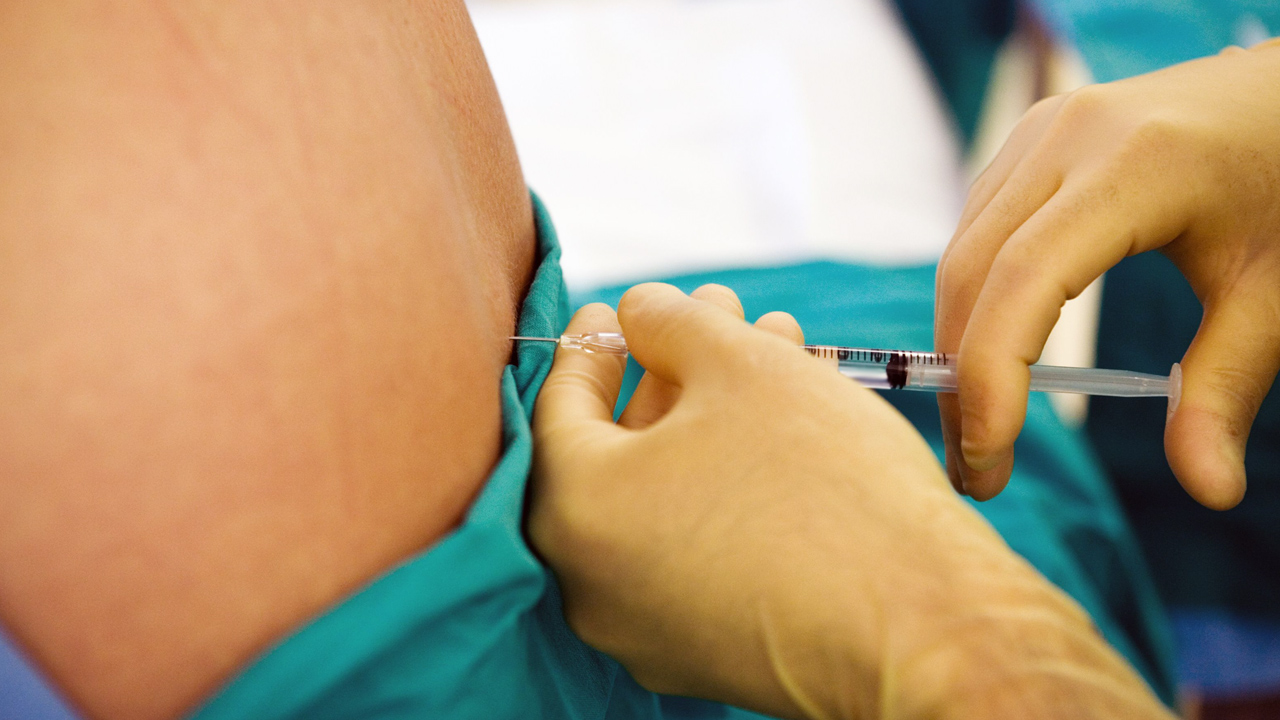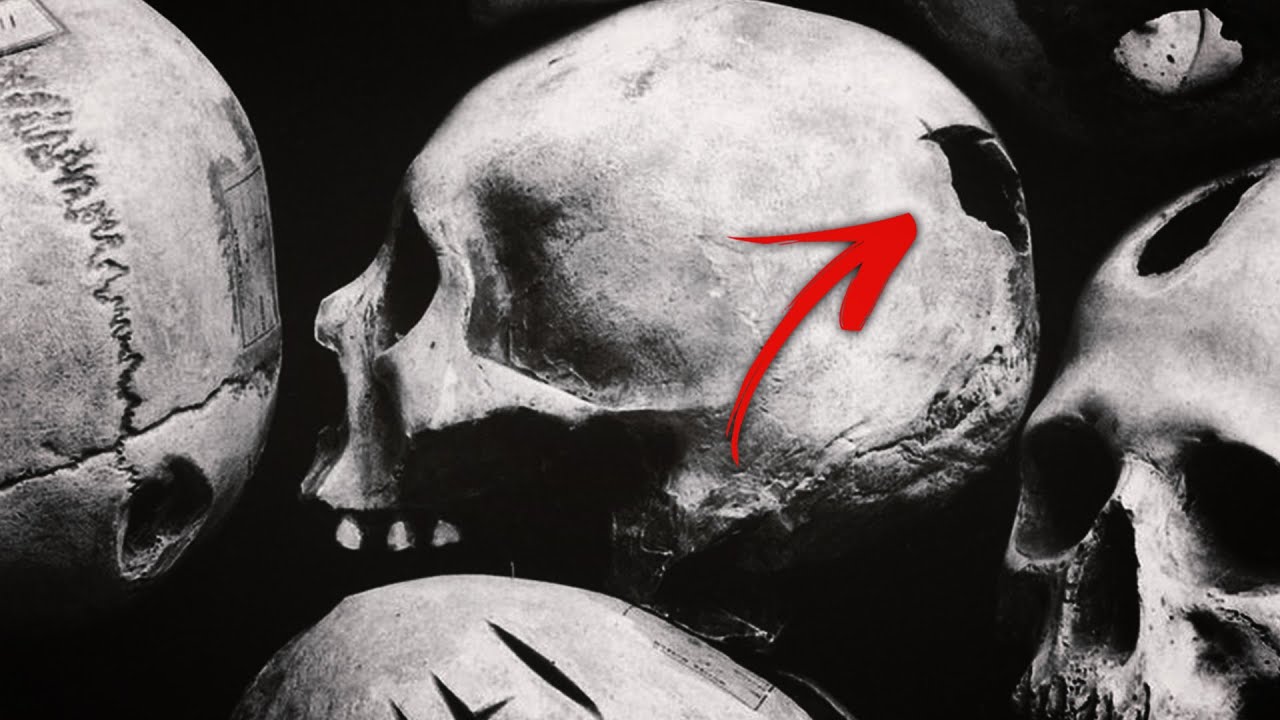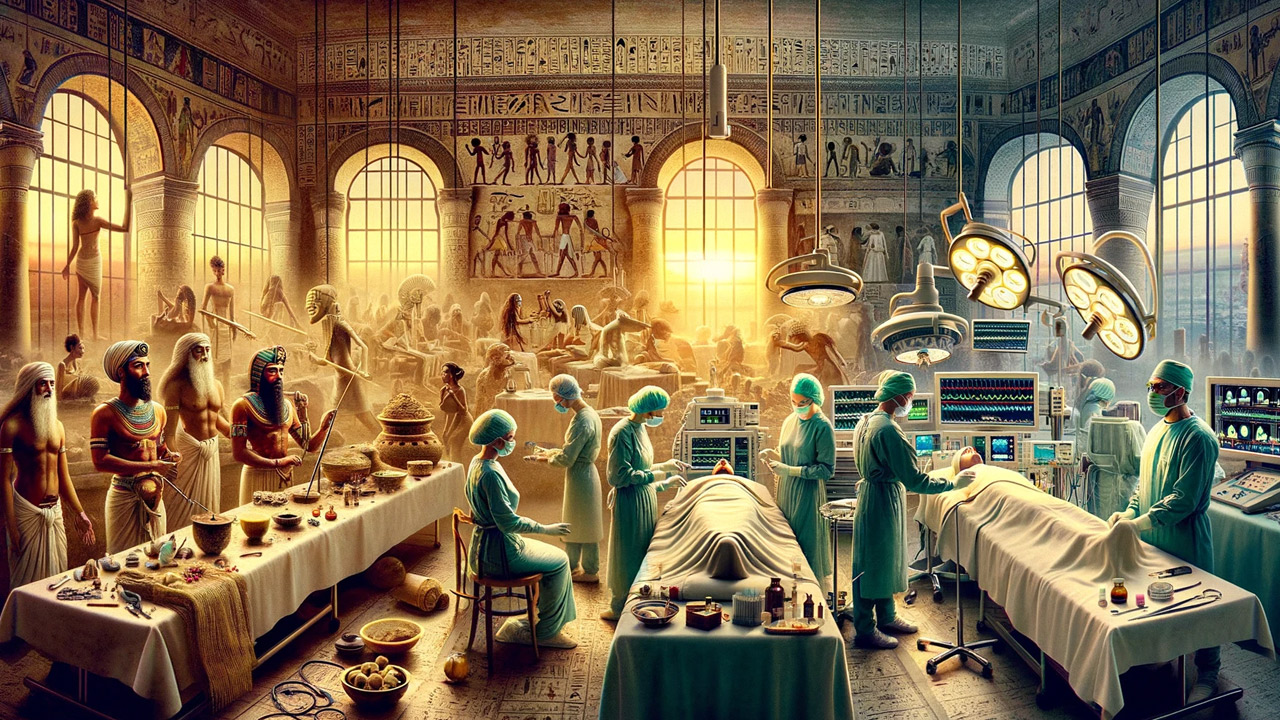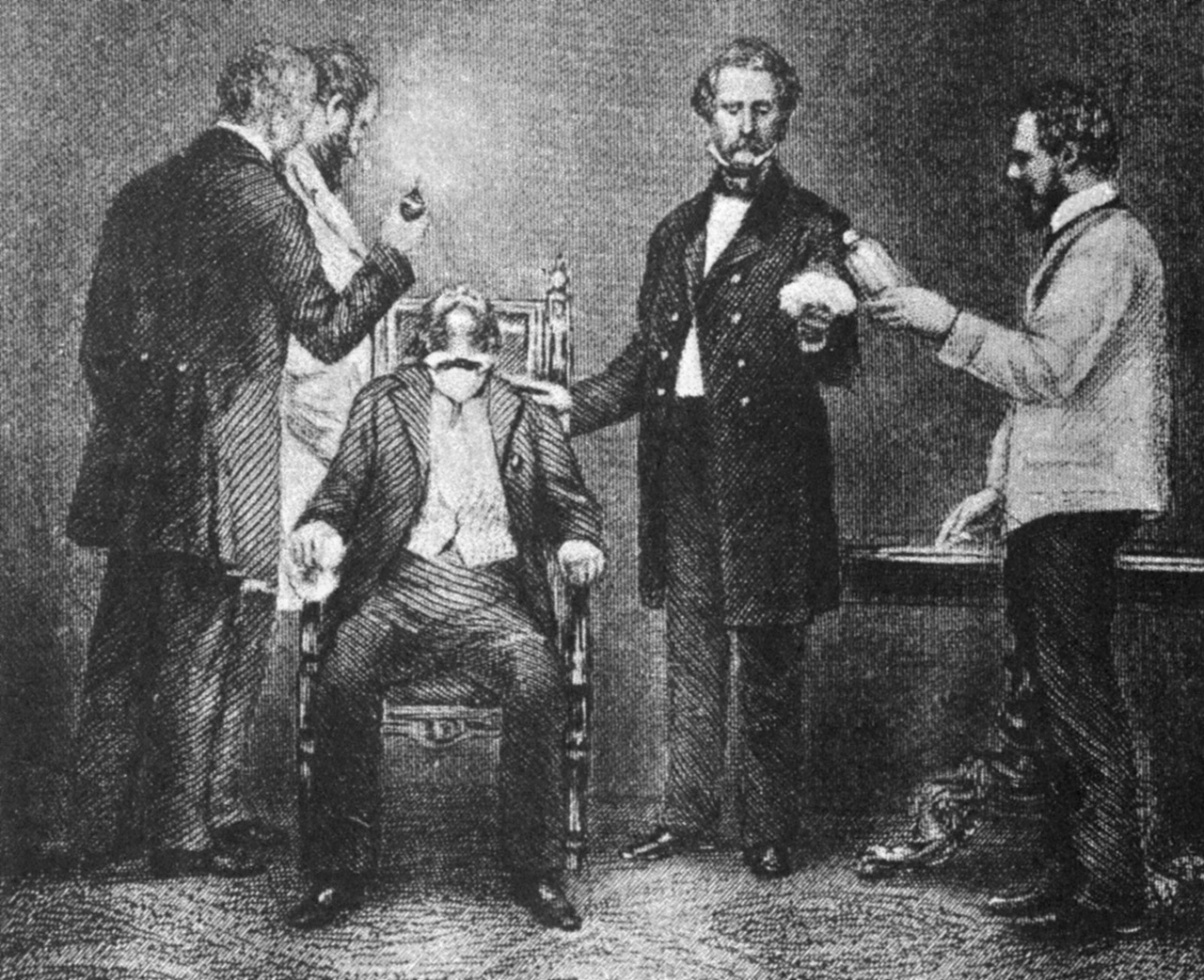Throughout history, humanity has tried various methods to overcome diseases and injuries. However, how were surgical procedures performed in times when modern anesthesia techniques did not exist?
This question illuminates a dark but fascinating aspect of medicine. “What is anesthesia?” As we travel back in time, starting from the question “How is anesthesia performed?” We will satisfy your curiosity. When we talk about the history of medicine, it is like sailing to a vast world. invented anesthesia The answers we give to the question of how surgeries were performed when surgery was not performed may surprise you a little.
Starting from prehistoric times, the Middle Ages and the Renaissance types of anesthesia After their implementation, you can say “I’m glad” that these challenging processes have evolved into modern surgery. This journey shows how far medicine has come and the modern day medicine we have today. anesthesia techniques It will help us understand its value better.
Let’s start with the basics: What exactly is anesthesia?
“What is anesthesia?” Everyone has an answer to the question and it is probably the same, but let’s explain the concept of anesthesia anyway. Anesthesia is a medical term used with anesthetic drugs to prevent and reduce pain during some medical procedures and surgical interventions.
meaning feeling “aesthesia” which also has a negative meaning “moment” Anesthesia consisting of the suffix is actually “numb” It means. In other words, numbing and desensitization is performed in the area that will cause pain.
Types of anesthesia applied today:
- general anesthesia
- Regional anesthesia
- Local anesthesia
General, local and regional types of anesthesiaIt prevents the patient from feeling pain, making medical intervention more comfortable and reliable. Regional anesthesiameans the patient becomes numb from the waist down or a certain part of the body. local anesthesia It is anesthetizing a very narrow area.
Anesthesia, It is considered one of the most important developments in modern medicine and is applied in a wide range of areas.
Let’s not confuse anesthesia with fainting.
Although the concept of fainting comes to everyone’s mind when anesthesia is mentioned, general anesthesia is a kind of sleep. In this sense, anesthesia can be compared to night sleep. So all functions continue but consciousness is suppressed for pain relief.
So, how is anesthesia done, how is it applied?

Especially those who will have surgery or even minor surgery “How is anesthesia done?” he wonders. Since the answers to this question are quite technical, let’s not explain all the details in order not to deviate from our topic, but we can understand the subject by summarizing it.
By type anesthesia techniques It varies. general anesthesiaIt is performed with anesthetic drugs given intravenously, in mask or gas form. It can be one of these or can be applied together. Regional anesthesia is performed by injecting medication into the area near the nerve roots in the spine.
Let’s get to our main topic. How were surgeries performed when there was no such thing as anesthesia yet?

In prehistoric times, surgery was a necessary part of survival. People used it to treat war injuries, fix fractures, and even brain surgery They had to perform surprisingly complex operations such as
One of the most famous examples of surgical interventions from this period was the surgery to drill a hole in the skull. trepanation was the process. This was an ancient practice intended to relieve pain or treat mental illnesses.
In ancient Egypt surgicalIt was considered an advanced profession. The papyri contain detailed descriptions of various surgical techniques, such as treating fractures, stitching wounds, and even extracting teeth. The Egyptians also developed a variety of tools that can be considered precursors of surgical instruments.
Hippocrates, father of modern surgical instruments

Hippocrates
During the ancient Greek and Roman periods, surgery became more sophisticated. Hippocrates is considered the father of surgery and was the surgical instrumentscan be seen as ancestors of modern instruments. Besides the tools pain managementwas usually achieved using alcohol-based solutions such as wine and herbal mixtures.
During these periods, surgeons also learned to work quickly and effectively because long operations were both increases the risk of infection It also caused unbearable pain for patients.
During the Middle Ages and the Renaissance, some developments began to occur and today’s steps were taken.

Andreas Vesalius
In medieval Europe, monasteries and clergy often took on the task of preserving medical knowledge and treating the sick. Surgical practices during this period were generally simple and often limited to the treatment of obvious injuries. In the absence of anesthesia, Ways to reduce suffering were also limited. Therefore, surgeons had to be adept at speed and efficiency.
During the Renaissance Period, there was a significant revival in the field of surgery. Increasing anatomical knowledge and detailed studies on the human body, surgical techniques helped its development. Especially, Andreas Vesalius His studies of human anatomy greatly expanded surgeons’ understanding of the human body.
What was used as anesthesia in ancient times?

Renaissance surgeons to reduce patient pain during surgery alcohol, opium and mandragora They were using substances such as (a type of hallucinogenic plant). However, these items modern anesthesia It could not achieve the level of deep and controllable numbness it provided. Therefore, surgeons had to be fast and effective, and their surgical skills began to improve.
Physical restraint was the most common of these methods. Patients are advised not to move during the operation. was tied tightly. This both made the surgeon’s job easier and prevented the patient from harming himself with sudden movements.
In addition to substances such as opium herbal and alcohol-based painkillers It was also used frequently. Wine was a common method to relieve pain during and after surgery.
Hypnosis and psychological methods also sometimes played a role in pain management. Surgeons and healers use different techniques to calm patients. psychological techniques They could implement it. However, the effectiveness of these methods was quite limited compared to modern anesthesia techniques.
In this period pain management methods, It shows how difficult and dangerous surgical interventions are. Anesthesia techniques In its absence, surgeries posed a huge challenge for both surgeons and patients.
And now anesthesia has been invented.

invention of anesthesia, It was a turning point in medical history and opened the doors to modern surgery. in 1846 William Thomas Green Morton The successful application of ether anesthesia during tooth extraction revolutionized the field of surgery. Anesthesia has expanded the boundaries of surgical practice, allowing surgeons to perform more complex and longer-lasting operations.
Anesthesia greatly reduced the pain patients felt during and after surgery. This means that patients eased fear of surgery and enabled more people to accept necessary surgical interventions. Moreover thanks to anesthesia surgeons could work more carefully and precisely, thus increasing the success rate of operations.
Advantages of modern anesthesia techniques
In the development of modern surgery, anesthesia not only reduced pain but also contributed to the development of surgical techniques and tools. For example, highly complex operations such as heart and brain surgery, effective anesthesia techniques It would be unthinkable without it. Anesthesia has expanded the boundaries of medicine by allowing such operations to be performed safely.
Anesthesia has also led to significant advances in post-surgical care and pain management. Managing postoperative pain accelerated the patient’s recovery process and reduced the risk of complications. Modern anesthesia techniques, made it possible to manage this process more effectively.
Anesthesia, modern medicine It is considered one of his greatest achievements and revolutionized the field of surgery, leaving a profound and lasting impact on human health. This invention pushed the boundaries of medicine and opened new ways to improve human life.
You can also take a look at our other content that may interest you:
RELATED NEWS
How Can Brain Surgery Be Performed Even While Patients Are Awake? There is even a stuffing machine!
RELATED NEWS
Big Mistakes in the History of Medicine, Where Millions of People Were Negatively Affected by Unbelievable Lies and Methods
RELATED NEWS
How Frequently Is Awakening While Under the Effect of Anesthesia? Is Pain Felt?
RELATED NEWS
We Now Know How Anesthesia Affects Our Body
RELATED NEWS
What Happens in Our Brain When We Receive Anesthesia?
RELATED NEWS
